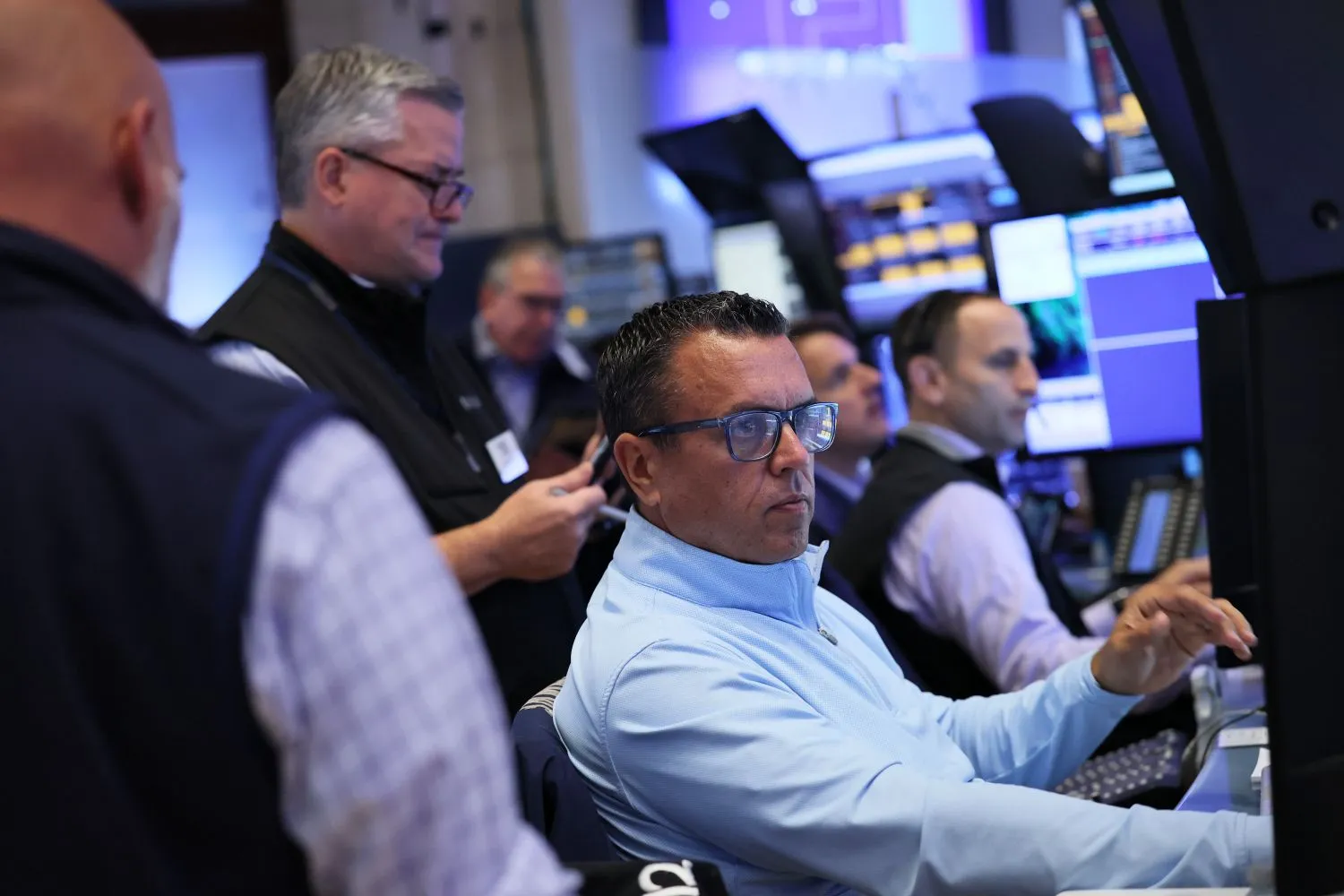Wall Street traders turned cautious as they awaited a flood of economic data following the end of the U.S. government shutdown, sending stocks lower and Treasury yields higher. Investors are now debating whether upcoming reports will offer enough evidence for the Federal Reserve to justify cutting interest rates.
With optimism surrounding the government’s reopening already largely priced into the market, the S&P 500 erased its November gains. Meanwhile, short-term Treasuries typically the most responsive to near-term Fed policy expectations fell behind, as money markets now assign roughly equal odds of a rate cut in December.
President Donald Trump officially ended the 43-day government shutdown the longest in U.S. history by signing legislation that restores federal operations. Although agencies can now reopen, the process of getting the government fully up and running again could take several days or even weeks, given the backlog created since the closure began on October 1.
The Bureau of Labor Statistics is expected to release an updated schedule soon to announce new dates for key economic reports that were delayed during the shutdown. Those releases, including crucial inflation and employment data, could play a significant role in shaping the Fed’s next policy move.
“The gears of government should start turning again soon, and while that’s good news for the economy and markets, uncertainty still looms especially around the data we’ve missed,” said Carol Schleif, Chief Investment Officer at BMO Private Wealth. “We don’t yet know how inflation or the labor market have been performing during this period.”
According to Schleif, the restart of federal operations could bring short-term volatility as investors digest a wave of backlogged information. She expects markets to remain choppy in the coming weeks as traders recalibrate expectations around the delayed data.
Even so, Schleif maintains her outlook for a possible rate cut in December but cautions that the Fed’s decision-making process has become more complicated. “The data blackout has made it much harder for policymakers to gauge the economy’s true momentum,” she said. “The Fed wants to see clear evidence before acting, but that evidence has been missing for weeks.”
As markets await those delayed releases, investors will be closely watching indicators such as consumer prices, payroll numbers, and GDP growth to determine whether the economy has lost steam or remains resilient. Any signs of cooling inflation or weaker hiring could reinforce expectations for a rate cut, while stronger data might push the central bank to hold off a bit longer.
The Fed faces a particularly delicate balancing act: cutting rates too soon risks fueling inflation, while waiting too long could slow economic momentum. After the extended shutdown, policymakers are also weighing how the temporary disruption may have affected business activity, consumer confidence, and federal spending.
For Wall Street, the end of the shutdown removes one source of uncertainty but introduces another how the economy has held up during the government’s closure and how quickly it can bounce back. Analysts expect upcoming data to paint a mixed picture, reflecting both the resilience of some sectors and the lingering drag from lost productivity and delayed projects.
Traders are also watching how Treasury markets adjust in the days ahead. The selloff in short-dated bonds signals concern that the Fed may not have enough evidence to move quickly on rates, while longer-term yields have been supported by a renewed appetite for riskier assets.
Overall, the market mood remains cautious but not panicked. Many investors believe that once the backlog of economic data clears, the Fed will have the clarity it needs to proceed with a measured policy response potentially paving the way for a rate cut by year-end if the numbers justify it.
In the meantime, volatility could rise as investors parse each new data point for signs of the economy’s direction. “It’s a period of catch-up,” Schleif added. “We’re about to get hit with a wave of information all at once, and that’s going to make for some bumpy trading sessions.”
While the reopening of the government has brought relief, the focus now shifts squarely to the health of the economy and the Fed’s next move. With the shutdown chapter closing, Wall Street’s attention turns to what comes next and whether the long-awaited data will finally provide the clarity investors have been waiting for.

Subscribe to our newsletter!
As a leading independent research provider, TradeAlgo keeps you connected from anywhere.








